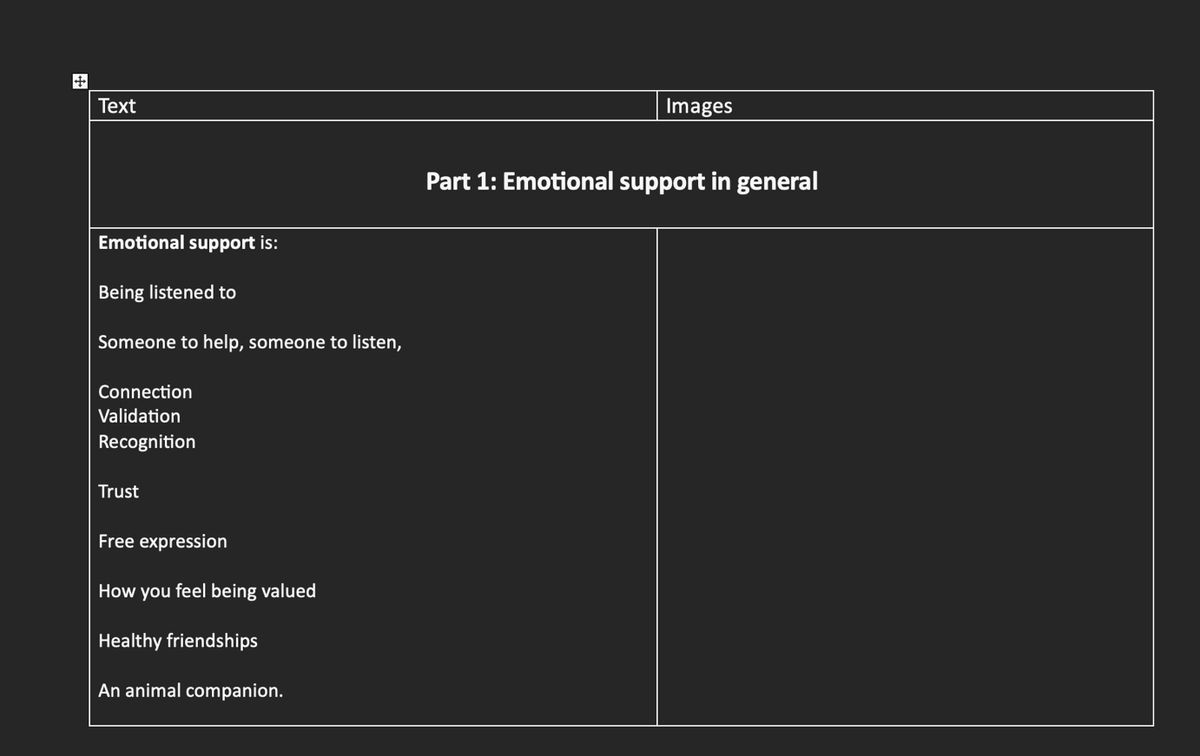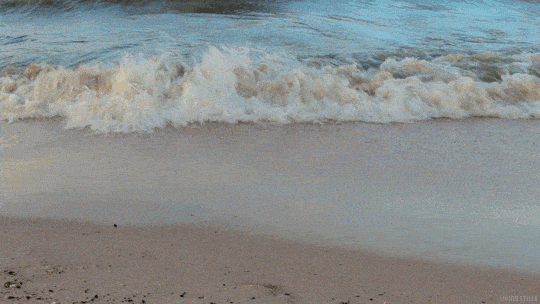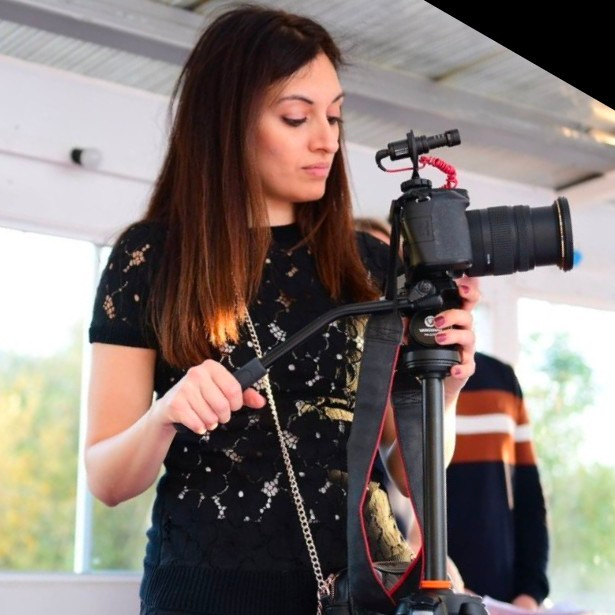
Session Four: Presenting a script - Participatory filmmaking with young people in York
Presenting a script
We started with a brief recap of the film materials gathered so far in the sessions (symbolic images, images of York, images of artworks produced as part of the research project by group members, storyboards, keywords, creative writing, and a selection of research quotes). Simona then presented a possible film script she assembled from the quotes and creative writing selected in Session 3.
The script is organised in four chapters (emotional support in general, emotional support and people, York, and take-home message), and it was presented as part of a table, often used in documentary filmmaking, which leaves some space for brainstorming image content to match the text.

The whole session was dedicated to reading each section of the script and brainstorming images ideas that we can later film ourselves or gather from online sources (such as pexels.com).
Part of the group worked using Miro, a digital whiteboard, and part used a Google Forms document.

Illustrating our words
The groups generated a rich array of image ideas that thoroughly illustrate the content of the script.
Here is a brief selection of images for each chapter of the film:
Chapter 1: Emotional support in general. This chapter, which revolves around definitions of what emotional support means to different people, could be illustrated by images of people listening to each other, holding hands, preparing a cup of tea, stroking a cat, dancing freely, wrapping a blanket around each other, amongst other ideas.
Chapter 2: Emotional support and people. This chapter is all about human (and animal!) relationships and the role they play in conveying emotional support. Participants suggested images such as people building something with legos, to symbolise the building of a relationship, texting each other, picking up a takeaway coffee and walking alone, people walking in the park together, busy university environments, and more.
Chapter 3: York. This chapter is about ways in which York can offer supportive and safe spaces, but also the challenges it poses to young people. Participants suggested images of their favourite spaces, like the Shambles, the Minster, and several parks and cafes. They also listed some images that symbolise the challenges posed by York: high rent listings, closed down shops and businesses, delayed buses, noisy traffic.
Chapter 4: Take-home messages. This chapter is a collection of key messages participants would like the audience to take away from watching their film. These messages centred around the importance of open conversations and active listening, not just in support settings, but within any human interaction. Images suggested as illustration of these messages included building blocks, something being repaired, a circle of holding hands, footprints, journaling and other creative activities.
Overall, participants have created a rich list of evocative images that brought the script to life.
The next steps in the project include recording voiceover lines from the script, and starting to collect all the footage necessary to edit the film.

